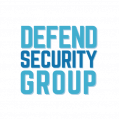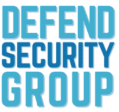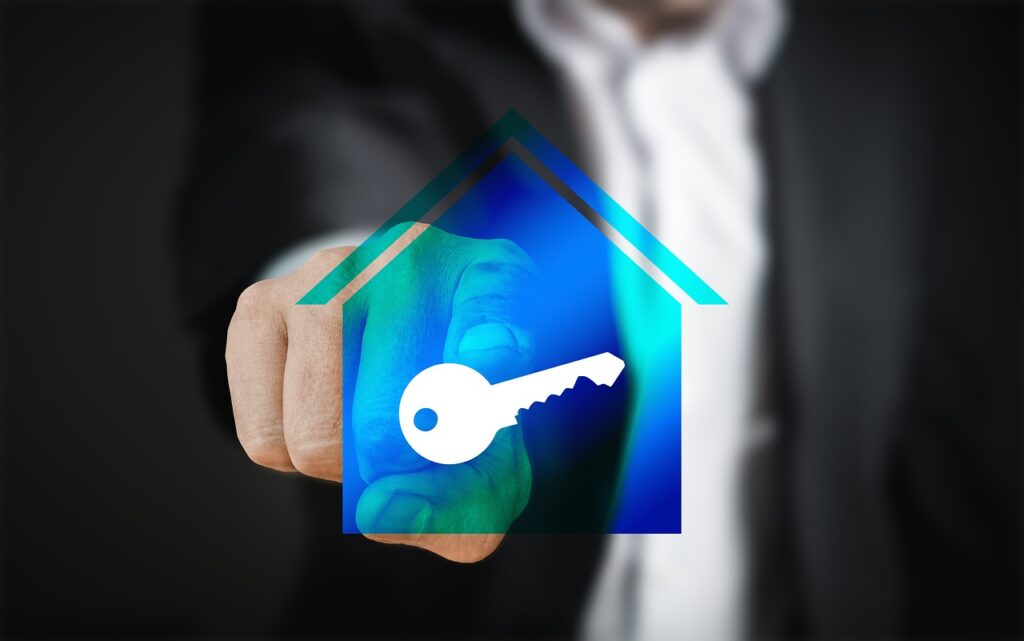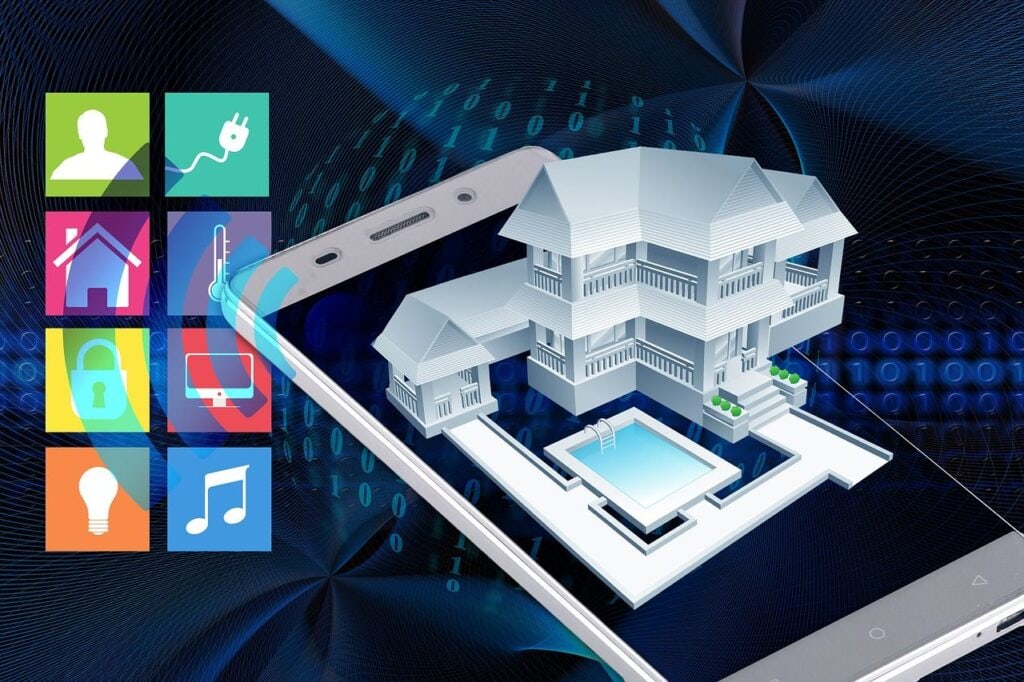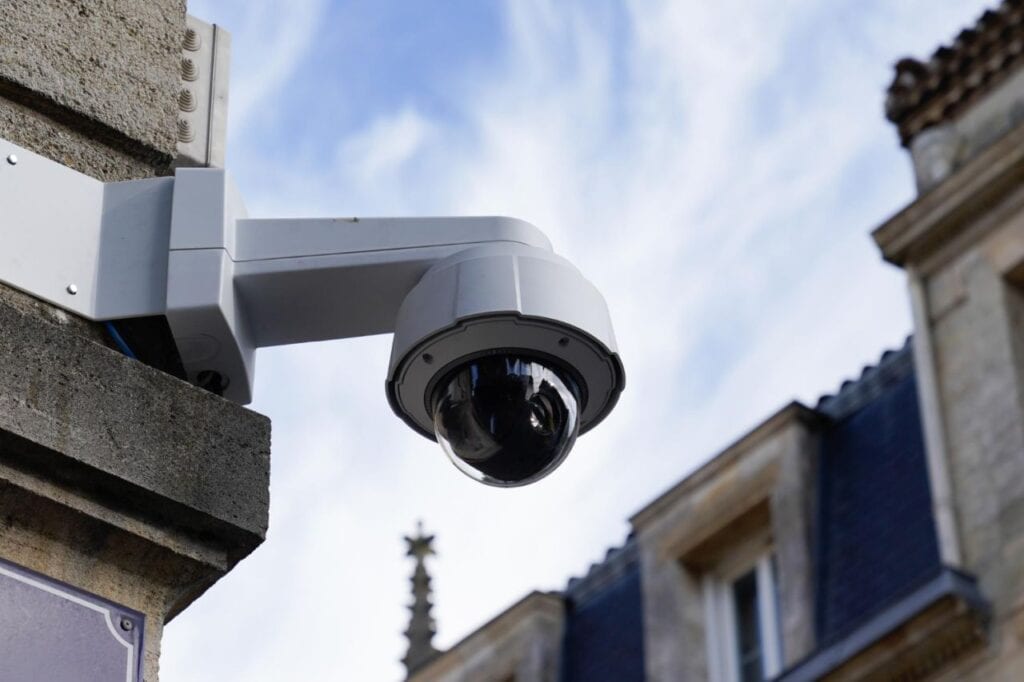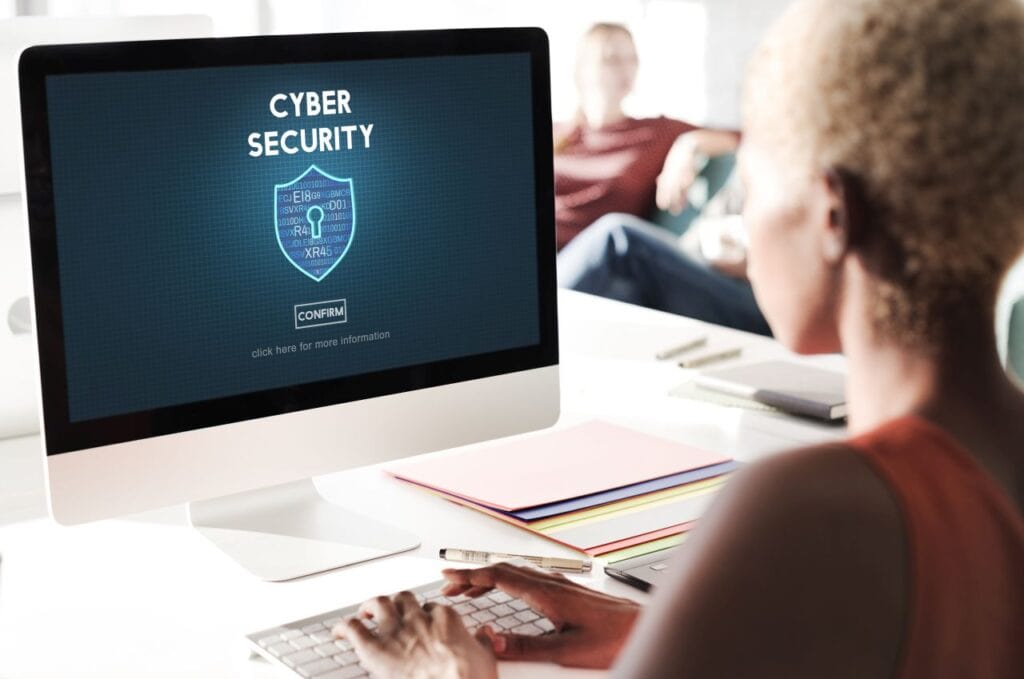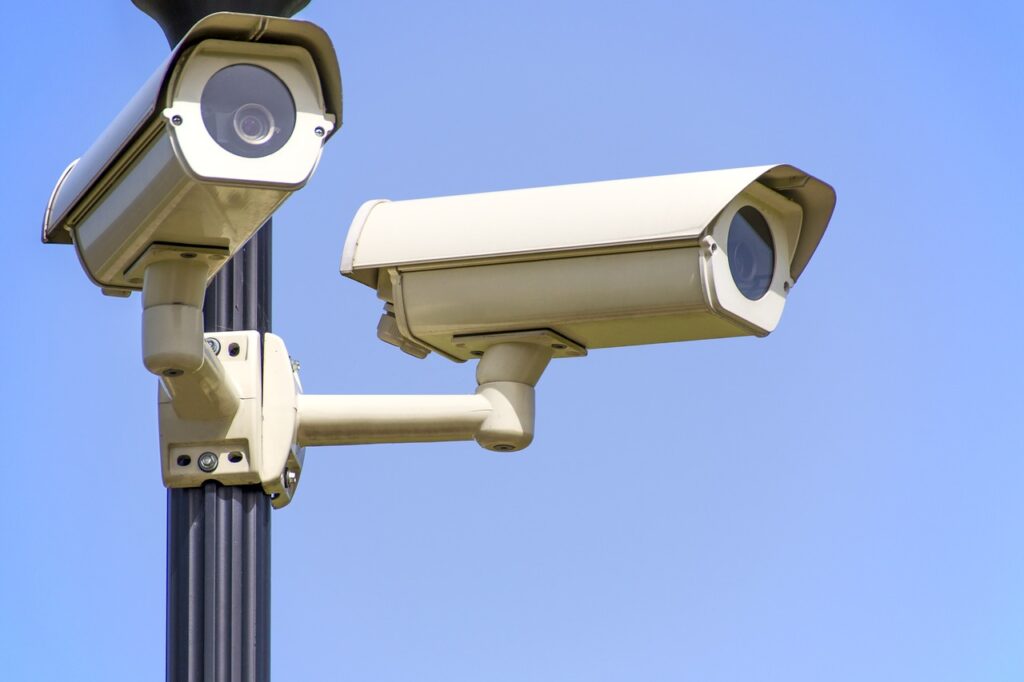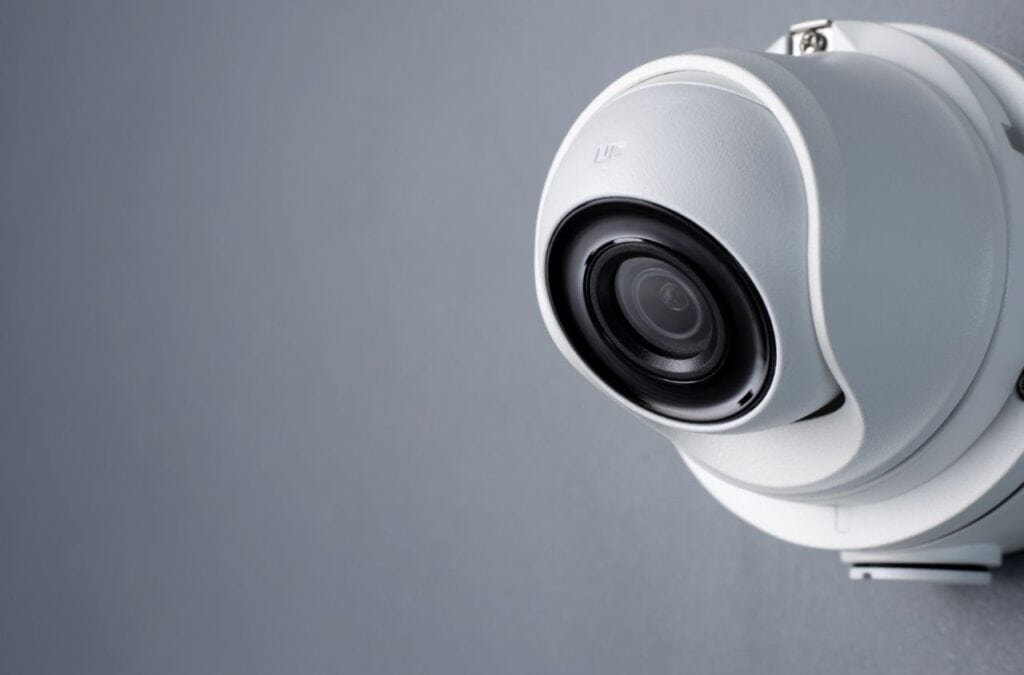An integral part of information security, access control determines who has entry to a company's most sensitive data and systems.
Most of us are familiar with the concept of access control even if we have never given it much thought. Most of us don't go anywhere without first locking our doors, verifying our age when we buy booze, and opening our bank safety deposit box with our ID and the key.
But what exactly is the definition of access control if these are all examples? In any field or organisation, access control refers to the practice of regulating who has access to what resources so that they are not misappropriated. Whether the objective is to safeguard state secrets or the screenplay for the season finale of a popular television show, access control is an essential component of any security system.
The Act of Limiting or Allowing Access
Whatever it is that needs protecting from being looted, destroyed, altered, exposed or used illegally. Access control seems to be a measure or procedure that can be put in place to restrict or give access to that resource.
As it relates to IT security, access control ensures that sensitive information remains secure within a company. This, in turn, necessitates the safety of the locations, infrastructure, systems, networks, and applications involved in the handling and storage of this information. This is achieved through the use of access and identity management systems and other security measures, such as those pertaining to physical, technical and administrative security, which we will examine in greater depth in a moment. Let's start with the big picture and examine the importance of access control before diving into the specifics.
Concerning the Security of an Organization’s Information
Access control is all about keeping a company's data safe and, by extension, the buildings, infrastructure, systems, networks, and apps that handle and retain that data.
The Importance of Access Control
Information security relies on maintaining privacy, reliability, and accessibility of data. Among the various tools at their disposal, security teams use access control to ensure the continued observance of these primary tenets of safety. Without access control, it would be impossible for a business to guarantee that only the right people see and utilise its sensitive information (confidentiality), that data remains complete, intact, and unaltered by unauthorised users (integrity), and also that authorised users can always gain access to the data they need (availability). That question has an obvious answer: "No," it cannot.
To Whom and What Does the Use of Access Controls Apply?

Subjects and objects, and the interactions between them, are at the heart of any discussion of access control. Active subjects make requests to use or perform operations on objects. People are obviously subjects, but so are computers, software, and services. A subject may perform any of the following operations: read, write, create, or delete a file; retrieve data; run a programme.
A subject seeking access to an object is a proactive actor, whereas the object itself is a passive entity that either contains or receives information or provides functionality. Computers, data, directories, databases, and tools are all good examples (like printers).
How Subjects and Objects Interact With One Another
The subject-object dynamic and the scope of permitted interaction underlie any discussion of access control.
Rules, specified and enforced through various processes, establish the nature of the relationship between persons and objects and the extent to which they may interact with one another.
What Goes Into Making an Access Control System Work
Now that we have a better understanding of subjects and objects, we can dive into the mechanics of permissions. It follows the tried-and-true model of authentication, authorisation, and accounting (AAA, pronounced "triple A"), which has been around for years. Even though AAA is rarely used these days, knowing what it stands for is still important. The following are the stages of AAA:
- A subject making a claim of identification in order to gain access to a resource.
- When someone goes through authentication, their identification is checked.
- In accordance with the subject's assigned rights, the requested resource is made available to the subject or denied.
- For auditing purposes, we record the acts of every authenticated and authorised subject.
So, What Exactly Does “Identity” Mean?
A common definition of authentication is providing a claim of identity. We make a distinction between the two processes because they are distinct; authentication cannot take place without first establishing a person's identification.
A person's driver's licence includes information on their name, address, date of birth, height, weight, and eyes, just as every entity needs its own identity in order to submit a request. By presenting a valid driver's licence, you are asserting your identity as the bearer of that licence. When you log into a website or business network using a username and password, you are making a claim about who you are, but that claim is unverified at that point.
Enrollment is a must for any successful access control system. When the administrators of a service enrol a subject (an entity) in the system, they establish an identity for the subject and register their information. Later attempts by subjects to access an object are assertions of identity, not of the item itself.
Multiple identities can exist in the same subject because each identity serves as a separate layer of abstraction. The driver's licence is only one of many types of identification that we carry with us on a daily basis.
Failure to correctly identify a subject during enrolment might lead to unauthorised or accidental access to objects later on in the access control process.
What Does Authentication Mean?
In order to gain access to a protected system, a user must first go through authentication, also known as AuthN. Authentication factors are pieces of information that correspond to a subject's enrolment data and are used to verify the subject's claimed identification. There are three distinct kinds of authentication factors, and they are as follows:
- A secret phrase, number, or answer to a security question that only you know.
- Access cards, keys, and tokens are all examples of things you might carry around with you that might be used to produce a code or number that you then enter.
- A part of you that can be uniquely identified by a biometric measurement technique, such as an iris scan, fingerprint, or voice print.
When discussing human beings, it is easy to see these patterns. In order to verify the legitimacy of anything that isn't a human being, such a service, the device that is hosting the service may need to show a valid digital certificate. In a similar vein, an API key may be required to authenticate an application making API calls for data.
When all of the necessary criteria are met, the subject's identity is regarded to be confirmed (authenticated).
Authentication Methods: Single-Factor vs. Multi-Factor
Sole-factor authentication is nevertheless widely used despite being widely acknowledged as inadequate. This is especially true when the single factor in question is a password, given how many of these are known to be easily guessed, stolen, or reused. As a means of bolstering security and discouraging access attempts, multifactor authentication's (MFA's) use has spread rapidly. MFA calls for the use of more than one authentication factor (such as knowledge and possession). Additional biometric authentication is typically necessary for the highest level of security in computer systems (something you are).
The Meaning of Authorisation
After a subject has been authenticated, the next step is authorisation (abbreviated as AuthZ), which is the process of deciding whether or not the given identity (such as a user) is authorised to reach the desired resource and, if so, which actions they are authorised to take once they have access. The concept of least privilege states that authorised users should have access only to the minimum set of resources (such as applications, networks, or data) required to perform their jobs, while unauthorised users should have no access at all (we'll see how to implement this restriction in a moment).
Managers in the sales department are allowed to see their subordinates' sales forecasts, but they aren't permitted to make changes to the code, read emails among board members, or examine the payroll software to increase their own compensation.
Although they sound similar, authentication and authorisation are actually two distinct processes. It is theoretically possible to authenticate a subject while still not giving them any access privileges. A properly authorised administrator, on the other hand, would be locked out if their credentials were compromised.
Accounting
Accounting, often known as accountability or auditing, is the practise of keeping tabs on one's conduct. This involves recording and inspecting all actions taken by the subject while they are logged into a service.
Unauthorised attempts to access system resources are also accounted for, which is crucial information because it may point to malevolent intent.
In talks of identification, authentication, and authorisation, accounting is often glossed over, but its significance and link to these three concepts is crucial to grasp. The ability to identify illegal behaviour depends on a system of accountability. To hold a person or entity responsible for illegal intrusion or activities, you must first be able to positively identify who or what committed such acts.
Organisational Access Control: How Is It Done?
Access control techniques are, at their most fundamental, integral to the operation of software systems. However, that's only the start. Security administrators at the corporate level are tasked with implementing a wide range of technological, administrative, and physical safeguards to govern who has access to what on the network, the systems, and the applications.
An instance of an administrative supervision is a documented access control policy that describes the organisation's attitude on issues like physical access, password requirements, remote access, privileged and administrator accounts, logging and tracking, adherence and auditing.
Gates, keypads, locks, and biometric scanners are all examples of controls used in the management of physical access. Passwords, encryption, Access Control Lists (ACLs), Intrusion-prevention systems (IPSs), Firewalls, and other software-based mechanisms for managing access are all examples of technical access controls.
One type of technological control is provided by the management of identity and access (IAM) software. They are all-encompassing, centralised solutions that facilitate the automation and management of a wide variety of identity- as well as access-related tasks for businesses, including the creation (enrolment), modification (updating), and deletion (deactivation) of user accounts, the administration of passwords, the authentication of users, the assignment of permissions and authorisation of users, and the provision of monitoring, logging, reporting, and auditing.
Single sign-on is a feature that some IAM solutions offer, making it possible for users to sign in once and then access a wide variety of services and features across a network. They may also be able to work with federated identity systems, which offer similar features but in different contexts.
Using a trustworthy third party's identity store (like Google's or Facebook's) to authenticate a user to an app is how federated identity functions.
Methods for Efficient Access Control
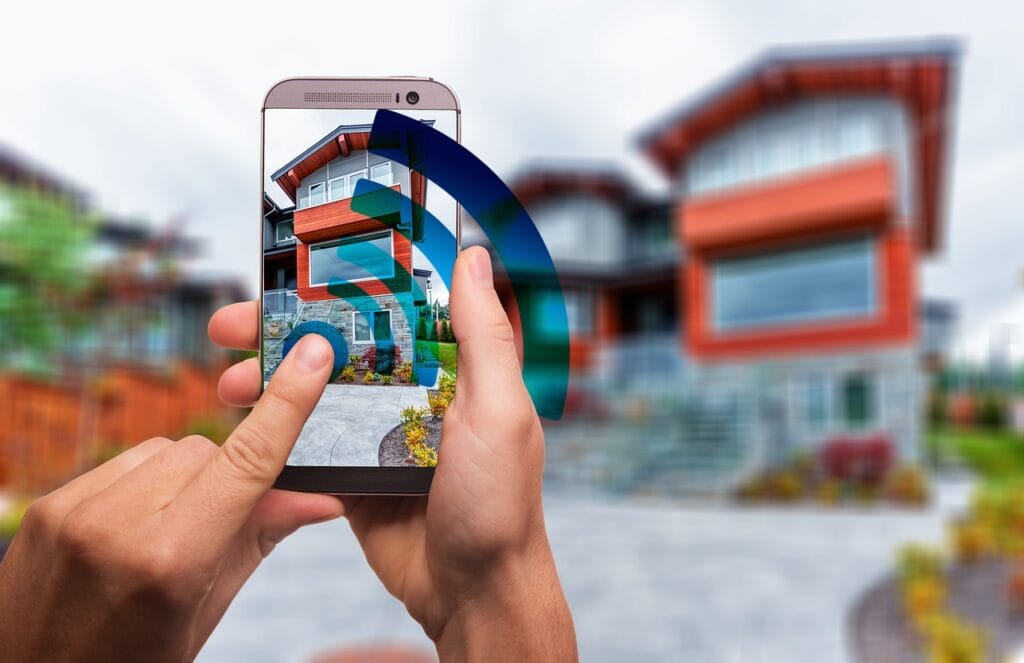
Despite the fact that many businesses are transitioning to the cloud, access control remains just as important as ever. The following recommendations are valid regardless of the setting or method used to implement access control. Not everything needs to be on this list, but it does provide a good foundation.
- Learn about the many access control models available and pick the one that is most suitable for your company.
- Put forth the time and effort to establish thorough access control policies that meet the specific requirements of your organisation.
- Make sure users are deterred from breaking the rules by implementing strict password policies (such as minimum length and character limits, lockout and reset procedures, and rotation frequency).
- Implement and strictly adhere to the separation of duties, least privilege, and other similar policies.
- Put multi-factor authentication on for everyone and everywhere it can be used.
- Avoid creating or using shared administrator accounts, and cap the overall number of administrator logins.
- Avoid having administrators use their administrative accounts for regular tasks.
- Implement thorough monitoring and auditing procedures; this is a prerequisite for accountability in any compliance system.
- Each year or whenever an employee leaves their position, review their access rights. Remove inactive profiles. (Many insider attacks happen when accounts belonging to departing employees aren't quickly terminated.)
- User education on security best practises and the most recent social engineering techniques used to obtain credentials should be ongoing. While sometimes neglected, this is a highly effective method of protecting against attacks on access controls (or poorly implemented).
FAQs About Access Control Systems
How Common Are Access Control Systems?
Access control systems are quite common in many settings, such as businesses, schools, hospitals, and other organizations. These systems are used to control access to buildings, rooms, or other areas by using a variety of methods, such as keycards, biometric scanners, or PIN codes. Access control systems can be used to ensure that only authorized personnel are able to enter certain areas, and can be an important security measure to prevent unauthorized access. Access control systems are also used in residential settings, such as gated communities or apartment buildings, to control access to common areas or individual units.
What Is the Purpose of an Access Control System?
The primary purpose of an access control system is to control access to buildings, rooms, or other areas by authorizing or denying entry to individuals based on their identity and the level of access they are granted. Access control systems can be used to protect physical assets and prevent unauthorized access to sensitive or restricted areas. They can also be used to ensure that only authorized personnel are able to enter certain areas, and to track the movements of individuals within a facility.
In addition to security, access control systems can also be used for other purposes, such as controlling access to resources or tracking attendance at events. Access control systems can be integrated with other systems, such as time and attendance systems, to provide a comprehensive security solution.
Are Access Control Systems Safe?
Access control systems can be an effective and safe way to control access to buildings, rooms, or other areas. However, like any security system, access control systems can be vulnerable to security breaches or failures if they are not properly designed, implemented, and maintained. It is important to carefully evaluate the security needs of an organization and choose an access control system that is appropriate for the level of security required.
To ensure the safety and security of an access control system, it is important to follow best practices in its design and implementation, such as using strong and unique passwords, regularly updating software and firmware, and properly training users on how to use the system. It is also important to regularly review and update the system to ensure that it continues to meet the security needs of the organization.
Are Access Control Systems Regulated?
Access control systems are not typically regulated by government agencies in the same way that other security systems, such as fire alarms or security cameras, are regulated. However, in some cases, access control systems may be subject to regulatory requirements depending on the specific industry or sector in which they are used.
For example, access control systems used in certain industries, such as healthcare or finance, may be subject to regulatory requirements related to the protection of sensitive information. In these cases, access control systems may need to meet certain standards or requirements in order to ensure the security and confidentiality of sensitive data.
In addition, access control systems may be subject to local building codes or other regulations related to the construction and operation of buildings. It is important to consult with local authorities and industry-specific regulatory agencies to determine any applicable requirements for access control systems in a particular setting.
How Often Do Access Control Systems Make an Error?
It is difficult to accurately estimate the error rate of access control systems because it can vary widely depending on the specific system, its design and implementation, and the environment in which it is used. In general, modern access control systems are highly reliable and are designed to minimize errors.
However, like any security system, access control systems can potentially experience errors or failures due to various factors, such as technical malfunctions, human error, or security breaches. For example, an access control system may experience an error if there is a problem with the hardware or software, if a user enters the wrong password or PIN code, or if an unauthorized individual tries to bypass the system.
To minimize the risk of errors or failures, it is important to carefully design, implement, and maintain access control systems according to best practices, and to regularly review and update the system to ensure that it is operating effectively.
